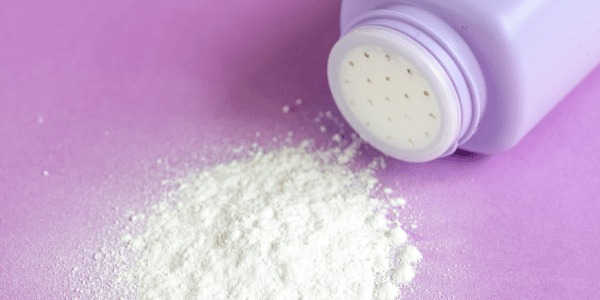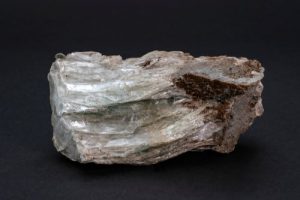
How Talcum Powder Is Getting People Sick
For years, families have trusted household products such as talcum powder to be safe to use. However, research has now shown us that using talcum powder (commonly referred to as baby powder or talc) to be unsafe. Scientists and doctors are now speaking up about the link between talcum powder and various forms of cancer, including ovarian cancer.
Now, women across the country are fighting back against talcum manufacturers such as Johnson & Johnson® for failing to warn the public about the dangers behind talcum powder.
What Is Talcum?
Talcum powder, also known as body powder), has been used for over a century for various health and feminine hygiene purposes. Talcum powder is derived from a natural mineral called Talc, which is extracted from mines. Talc has long been used in a variety of household products, such as facial powders, mascara, lipstick, lotions, and much more.

However, in recent decades, red flags have been raised regarding the link between talcum powder use and the development of cancer. Large talcum manufacturers such as Johnson & Johnson® have been found to use talc that has been contaminated with asbestos, a highly dangerous mineral that leads to the development of cancer.
Many lawsuits accuse Johnson & Johnson® of knowing that their talc mines were contaminated by asbestos, yet continued to market and sell their products to unknowing families.
The Link Between Cancer and Talc
Asbestos contamination has long been known by various researchers to cause cancer. Using talcum powder with traces of asbestos, especially for feminine hygiene purposes, may lead to the development of various cancers, including:
- Ovarian Cancer
- Fallopian Tube Cancer
- Other Serious Cancers
Multiple studies examining the link between talcum powder and cancer took place as early as the 1970s. Healthcare professionals and scientists began to notice an increased risk of developing ovarian cancer if women had used talcum powder for extended periods of time. The International Agency for Research on Cancer (a World Health Organization subsidiary) has backed these findings.
More than a decade later, researchers at Harvard noticed a 30% increase in cases of ovarian cancer for women who used talcum-based products. It was also found in a 1997 Johnson & Johnson® memo that the company was completely aware of the dangers posed by talcum powder.
Other studies would help confirm the Hardvard scientist's findings. For instance, a 2013 study by Cancer Prevention Research found that the "use of genital powder was associated with an increased risk of epithelial ovarian cancer relative to women who never used the powder."
Talcum Powder Lawsuit Payouts
2013 was the first year that a talcum powder lawsuit was won in court.
Johnson & Johnson® vigorously defended their product by stating that the link between cancer and talc was limited. However, the jury was convinced otherwise. As the lawsuit continued to take place, Johnson & Johnson® continued to sell their dangerous talcum powders.
Since the first lawsuit against Johnson & Johnson®, there have been multiple lawsuits which led to compensation for many victims. Some notable cases involving talc include:
- $4.69 billion to a group of 22 women who were diagnosed with ovarian cancer after using talc products.
- $417 million to a woman who developed cancer after using a talc-based product
- $72 million for the family of a woman who died after using talcum powder for multiple decades
Final Note
With more and more people becoming aware of the dangers of talcum powder, many have received compensation for medical expenses, lost wages, and punitive damages. A family can also be eligible for wrongful death compensation if a loved one died as a result of using a certain product.
With medical injury lawsuits related to talcum powder and talc-based products, each and every single case is unique. USA Consumer Network can help you or a loved one get the justice you deserve with a free legal case review. To learn more about how we can help, contact USA Consumer Network today.